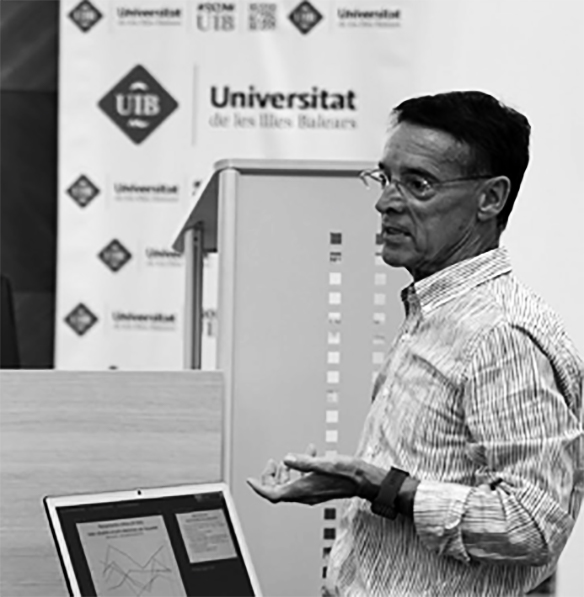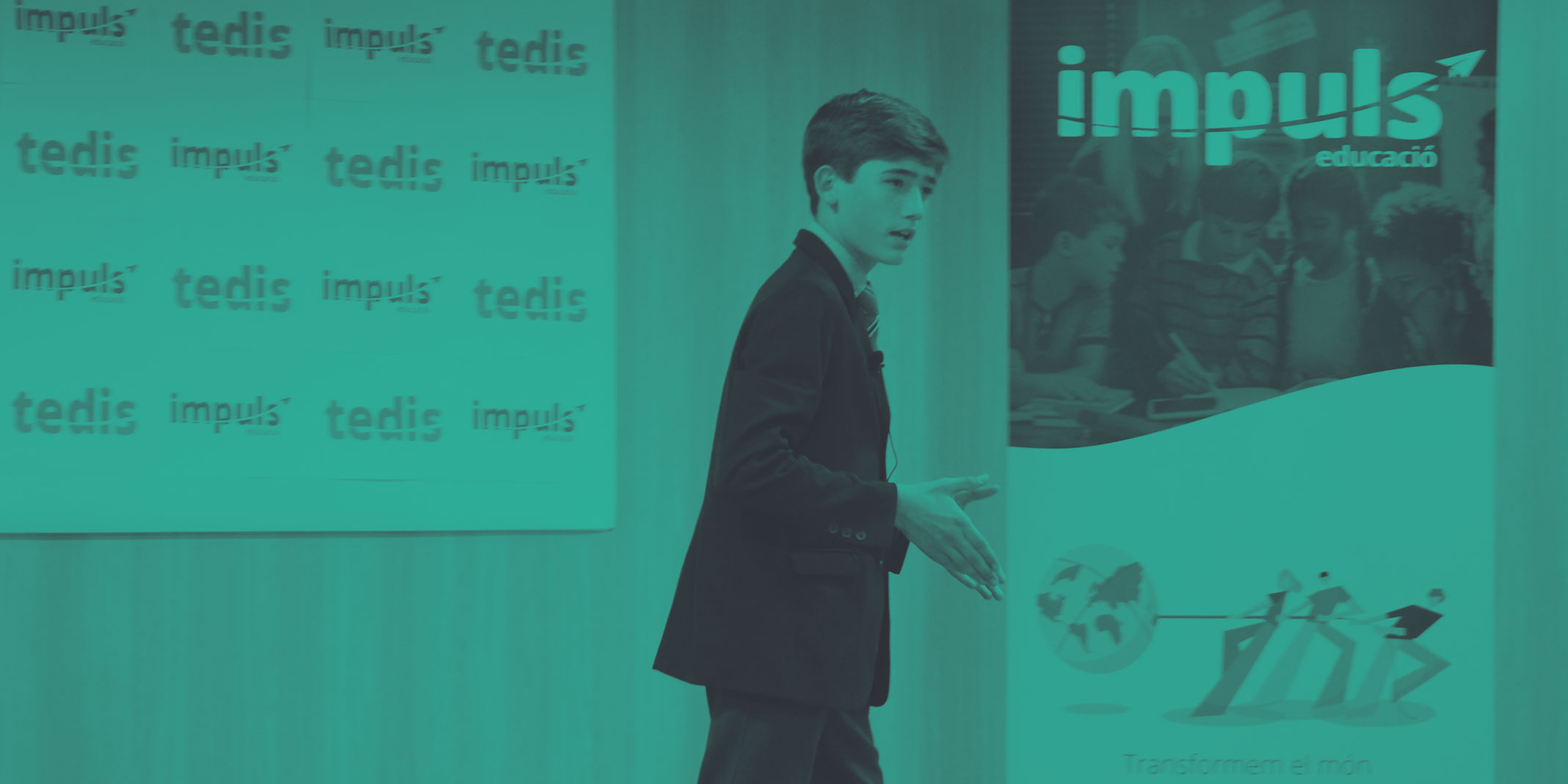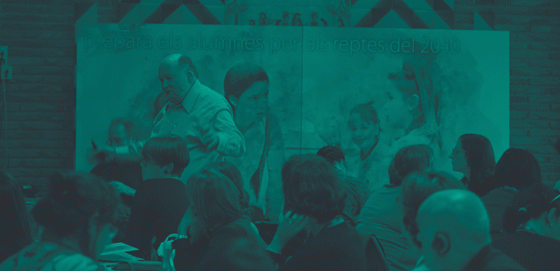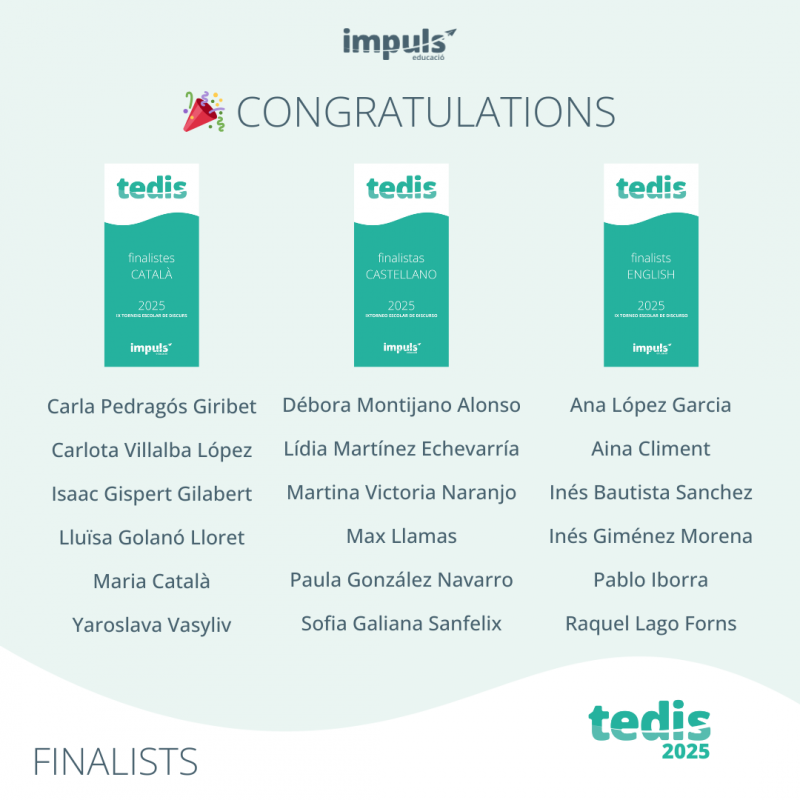24 July 2019

Maria Antonia Manassero Mas
University Professor of Social Psychology
Coordinator and researcher of the Research Group: Science, Technology and Society: Science Education
Member of the Academic Committee for the Doctorate in Education

Angel Vazquez Alonso
Doctor of Philosophy and Educational Sciences.
Researcher in the Research Group: Science, Technology and Society: Science Education
Project evaluator for international agencies and professional associations
University of the Balearic Islands
he ability of humans to think is universal, to the extent that thought is recognized as a distinctive feature of human nature. However, the reality is that most thinking, whether spontaneous or left to itself, is of poor quality: biased, distorted, partial, invalid, unjust, uninformed, loaded with prejudice and interest, false, etc. Therefore, thinking is a normative activity, that is, only quality thinking (good or effective) should be accepted, which should be a value systematically cultivated and socially promoted.
This normative principle of thinking was well understood by the great philosophers and thinkers, who, despite their different ideas and schools, coincided in defending that teaching and learning to think should be a priority educational objective. Today, the term critical thinking has been extended in most educational curricula to describe that quality thinking that, besides being essential for achieving meaningful learning, also generates quality of life. Critical thinking is thinking where the person, in addition to the commitment to think well, assumes a personal attitude of improving the quality of his or her thinking, through the increasing mastery of the structures of good thinking and the acceptance of high intellectual standards on the act of thinking (Paul & Elder, 2008).
Poor quality thinking is not only ethically unacceptable, but it is also costly, in terms of money and above all in terms of people’s quality of life, because it limits the quality of our feelings, productions, constructions or behaviours. From this relationship between thought and life follows the importance and necessity of thinking well in order to live better. One of the simplest, deepest and most functional definitions of critical thinking highlights this relationship between thinking and life “…reflective and reasonable thinking that is oriented towards deciding what to believe or what to do” (Norris and Ennis, 1989).
The concept of critical thinking has been developing over the last 2500 years, under various forms and denominations, although the term itself was coined in the psychology of the 20th century. It is now a competition that is urgently needed in the context of today’s globalized, technological and informed societies, where decision-making is a daily and continuous exercise. Ineffective or poor quality decisions are costly to organizations, society and individuals, causing unexpected or damaging consequences that negatively impact all systems that are interconnected by globalization and technology (Swartz et al., 2013).
The various educational frameworks, which share the denomination of skills and competencies for the 21st century, which have been proposed by numerous organizations (e.g. OECD) and educational experts (e.g. Fullan), coincide in suggesting a set of thinking skills whose great value for education results from their cross-cutting nature to different subjects and learning. The terms most frequently cited in the descriptions include critical thinking, creativity, problem solving, decision making, reasoning, test evaluation, judgement, credibility, etc.
Specialists in critical thinking, for their part, propose models of development, which normally take the form of articulated sets of thinking skills. On the other hand, critical thinking assessment instruments tend to be more concrete and synthetic in the skills they assess. In preparing a synthesis of all these studies and instruments, we have proposed the following taxonomy of critical thinking.
CREATIVITY (generating ideas, drawing conclusions)
- Asking good questions
- Observation (compare, sort)
- Analysis and synthesis (parts-all, analogies, models)
REASONING AND ARGUMENTATION (justify predictions, implications, conclusions)
- Logical (deductive)
- Empirical (explain with data, information, evidence)
- Inductive (generalizations)
- Argumentation (abductive)
- Statistical (probabilistic)
- Fallacies and Errors
COMPLEX PROCESSES
- Decision making
- Problem solving
EVALUATION AND TRIAL (assessment of the quality of thought)
- Intellectual Standards (Clarity, Accuracy, Relevance, …)
- Reasoning
- Actions (solutions, decisions, consequences, …)
- Source credibility
- Identify Assumptions
- Communication (clarification of meanings)
- Meta-cognition
- Self-regulation and self-reflection
- Attitudes and affections (dispositions)
The taxonomy is based on the foundational concept of critical thinking as a concept that encompasses all other categories and is developed in four major areas: creativity, reasoning and argumentation, complex processes, and evaluation and judgment. Each of the areas includes skills and subskills, which can be developed into even simpler constituents.
References
Norris, S. P.; Ennis, R. H. (1989). Evaluating Critical Thinking. Pacific Grove, CA: Midwest Publications.
Paul, R.; Elder, L. (2008). The miniature guide to critical thinking: Concepts and tools. (5th ed.). Dillon Beach, CA: Foundation for Critical Thinking Press.
Swartz, R. J. et al. (2013). El aprendizaje basado en el pensamiento. Cómo desarrollar en los alumnos las competencias del siglo XXI. Madrid: SM.
You might also like









Leave A Comment